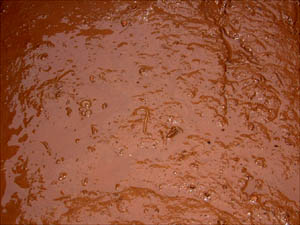|
|
| Line 1: |
Line 1: |
| − | {{Incomplete}} | + | {{Revision}} |
| | | | |
| | | | |
| Line 8: |
Line 8: |
| | * [[nutrient analysers]] | | * [[nutrient analysers]] |
| | | | |
| − | ==References==
| |
| − | <references/>
| |
| − |
| |
| − | ==See Also==
| |
| | [[Category:Coastal processes, interactions and resources]] | | [[Category:Coastal processes, interactions and resources]] |
| | [[Category:Coastal habitats and ecosystems in transitional waters]] | | [[Category:Coastal habitats and ecosystems in transitional waters]] |
| | [[Category:Coastal and marine issues and impacts]] | | [[Category:Coastal and marine issues and impacts]] |
Revision as of 14:50, 2 October 2018
Sediments cover most of the seabed and hence most of the earth.
Recycling of carbon and nutrients within this habitat (both subtidally and intertidally) is critical both at small and large scales. The availability of essential nutrients, such as nitrogen and phosphorus, and metals is essential for life. Processes that aid nutrient cycling are crucial to ecosystem functioning, as this increases the availability of nutrients and thus maintains productivity of the system. For example, in the marine benthic environment, bioturbation by marine worms, mainly through burrowing in the sediment, moves nutrients from deep sediment layers to the surface and vice versa. Nutrient cycling is also maintained through processes such as ingestion and excretion of materials by organisms e.g. fish mineralise nitrogen and phosphorus through excretion.
See also


